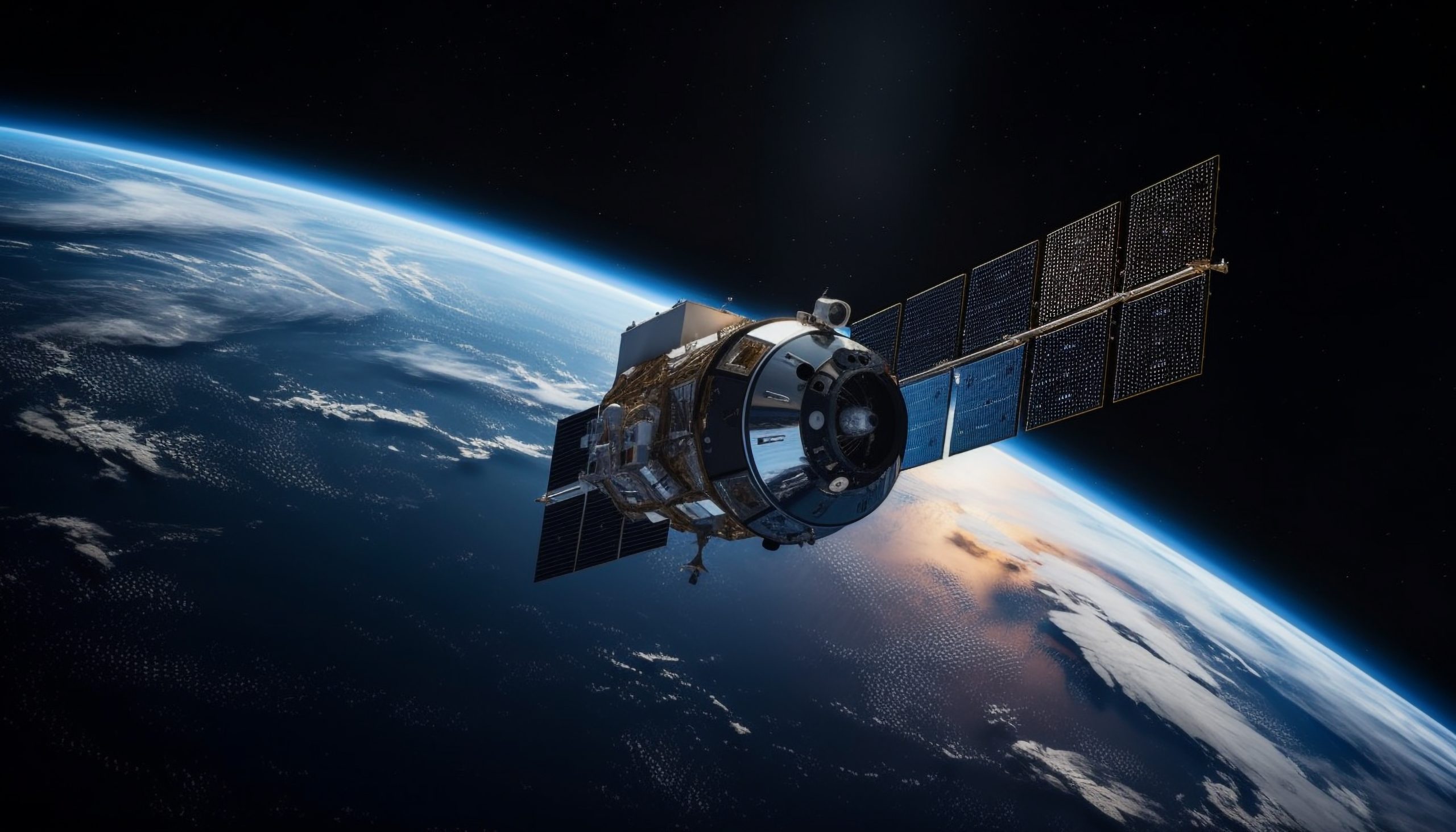New Copernicus Satellite successfully placed in orbit to continue delivering free data on our planet

A brand-new Copernicus Sentinel satellite was successfully launched last night from the European Spaceport in French Guiana, onboard a Vega rocket operated by Arianespace. The launch took place at 03.50 a.m. CEST, on September 5 (September 4, 10.50 p.m. local time, on September 4).
The Commission launched an additional Copernicus Sentinel satellite, called Sentinel-2C, to continue delivering cutting-edge Earth Observation data and services freely to public and private users.
Access to up-to-date optical data will allow public and private entities to improve their decision-making and better address pressing environmental challenges such as wildfires, floods, and droughts. Other domains that will benefit from the increased provision of data will be agriculture, maritime, forestry and more.
Sentinel-2C also reinforces Copernicus, the world’s most advanced Earth Observation system, by ensuring system redundancy and resilience – as an example, in case of unavailability of one of the other two satellites.
Copernicus Sentinel-2C will be calibrated in the coming months before it becomes fully operational and delivers its first images of our planet. The launch is a result of cooperation with trusted partners, the European Space Agency and Arianespace.
